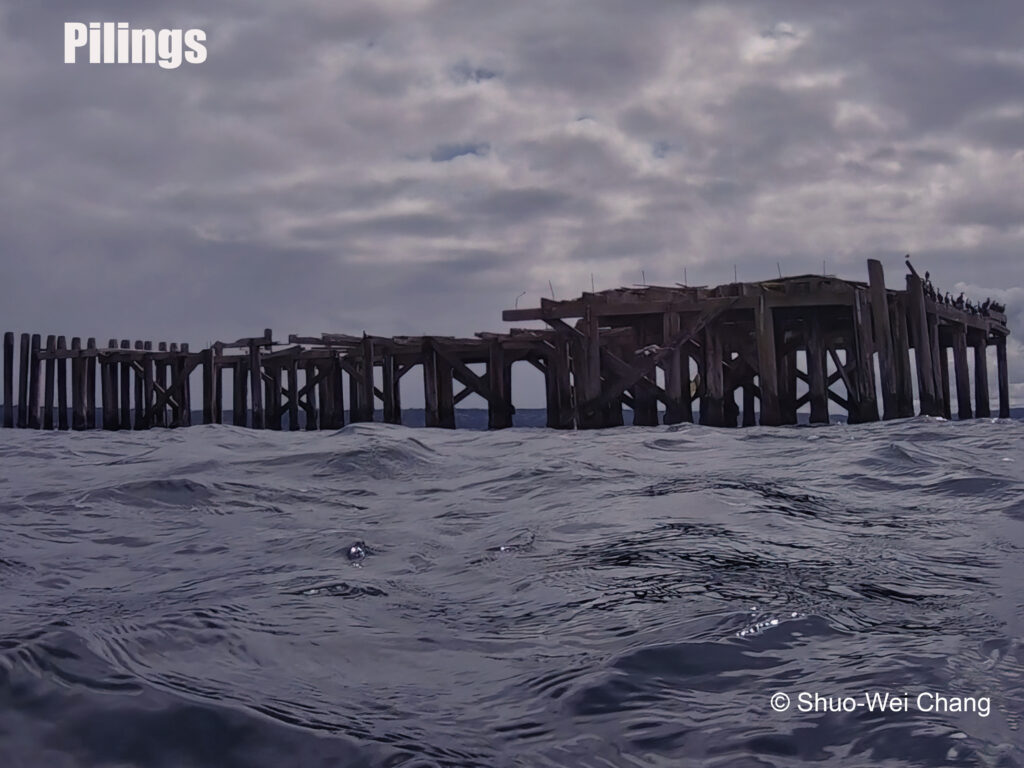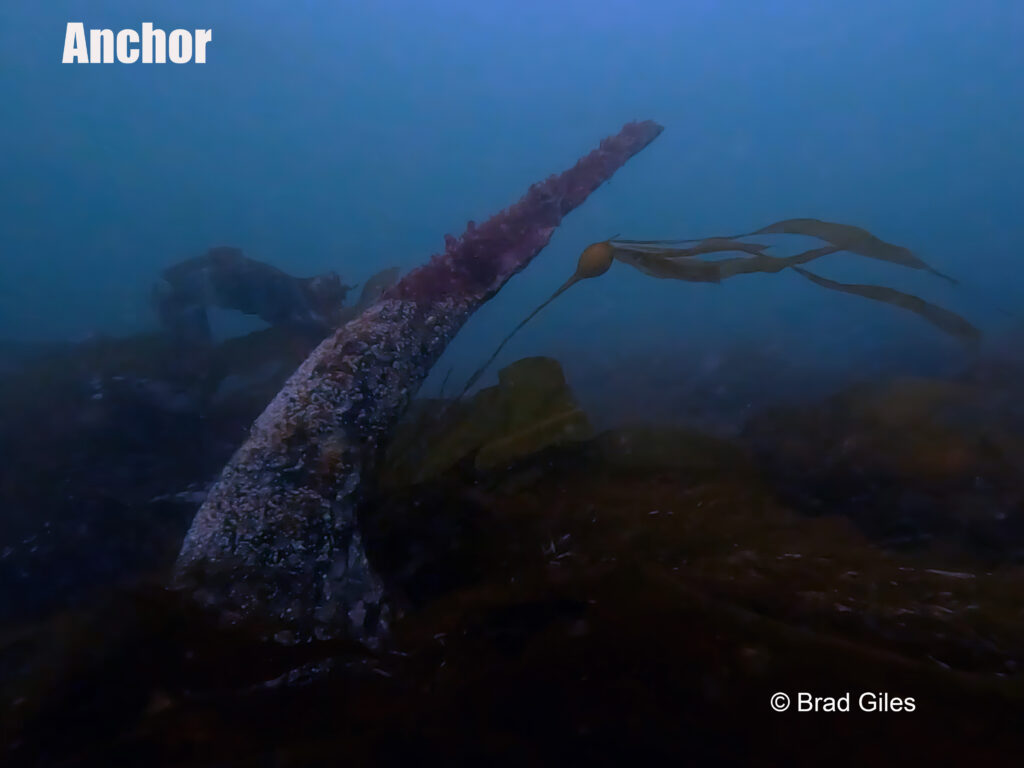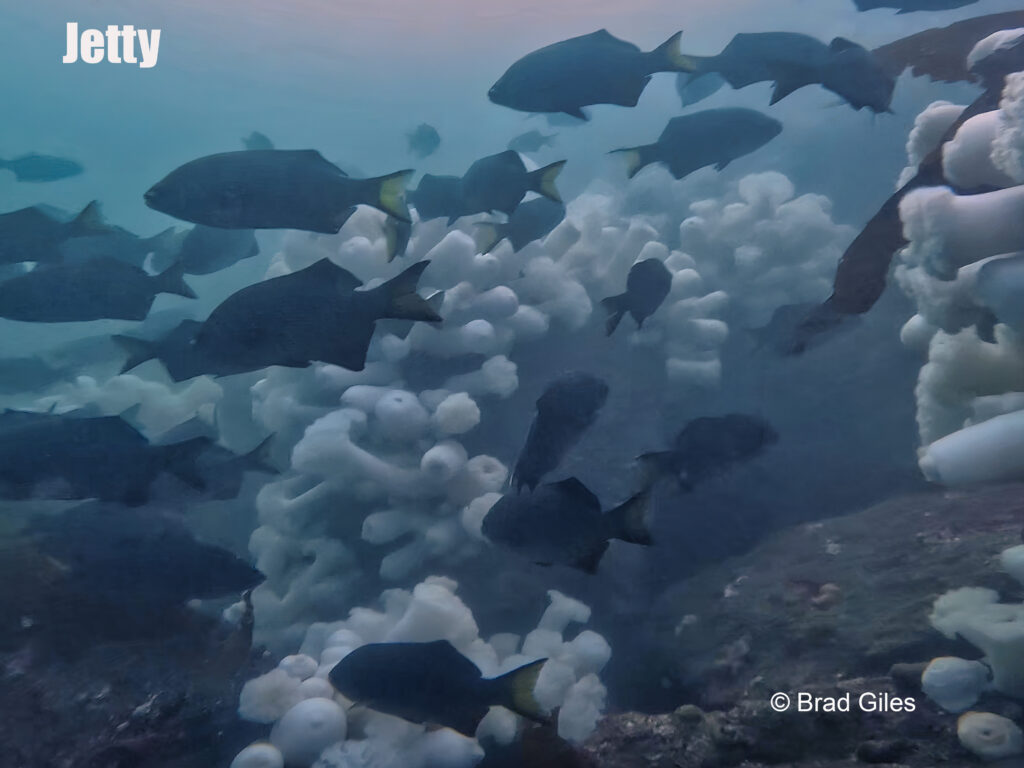Keystone
Site Description
Site Description: Keystone offers multiple diving experiences. Keystone Jetty runs along the east side of the ferry breakwater. Like snowcapped mountains, the large boulders that create the Jetty are covered year round with white Plumose Anemones. An out and back dive along the breakwater is best done during a slack tide and mild exchange. For a change of scenery, check out Keystone Pilings. The old pier that once connected the wharf to shore, now is a macro photographer’s dream. Tiny critters envelop the pilings in this relatively shallow site. Between the Jetty and Pilings
is a line running roughly parallel to shore, which shoots off to Barnacle Reef and the Anchor. Divers comfortable in current can drift from the Pilings to the Jetty on an ebb tide. Drift divers must watch their depth as the current can sweep around the edge of the Jetty and into the ferry lane. Winds from the south have the potential to create large waves making entry and exit challenging. Current can be strong here. During both Flood and Ebb cycles, a backeddy may be evident and intensifies closer to the Jetty.
Marine Life
Marine Life: Looking past the Plumose Anemones and peering deep into the cracks and crevices along the Jetty, divers may encounter the mighty Giant Pacific Octopus. Often times their dens are identifiable by surrounding shell hash, referred to as an Octopus Garden. Near the end of the Jetty schooling Black Rockfish can be seen high in the water column. Striped Surf Perch and Pile Perch frequent the Jetty, while Painted Greenlings camouflage themselves on the Cruotose Coraline Algae covered rocks. Giant Barnacles filter feed by fanning their cirri; their empty shells providing shelter for
Scalyhead Sculpins, Grunt Sculpins, Mosshead Warbonnets, and other critters seeking refuge. Clown Dorid, Opalescent, Cockerell’s Dorid, and Yellow Margin Dorid are just a few of the many nudibranchs divers may happen across. Along the line between the Pilings and Jetty, Juvenile Wolf Eels and, when in season, Spiny Pacific Lumpsuckers have been spotted amongst the kelp and algae. The Pilings are covered in life, from Giant Barnacles and Vancouver Feather Dusters, to a variety of anemones and nudibranchs. Look for Buffalo Sculpin on the sea floor along with Red Rock Crab. One of the more serene spots at Keystone is the kelp bed, which begins to fully develop around the end of Spring. The kelp bed runs from the Jetty along the Line
to the Pilings and into the shallows. Bull Kelp will reach to the surface by mid-summer, while Sugar and Five Rib Kelp blanket the bottom.
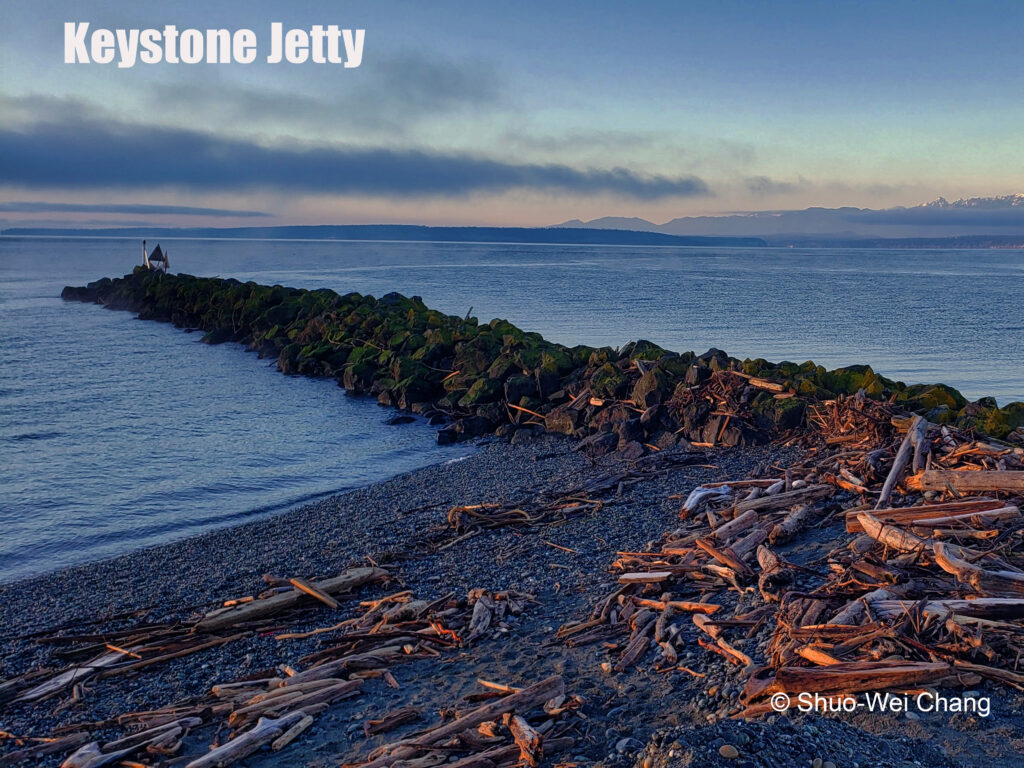
Dive Site Map
Keystone
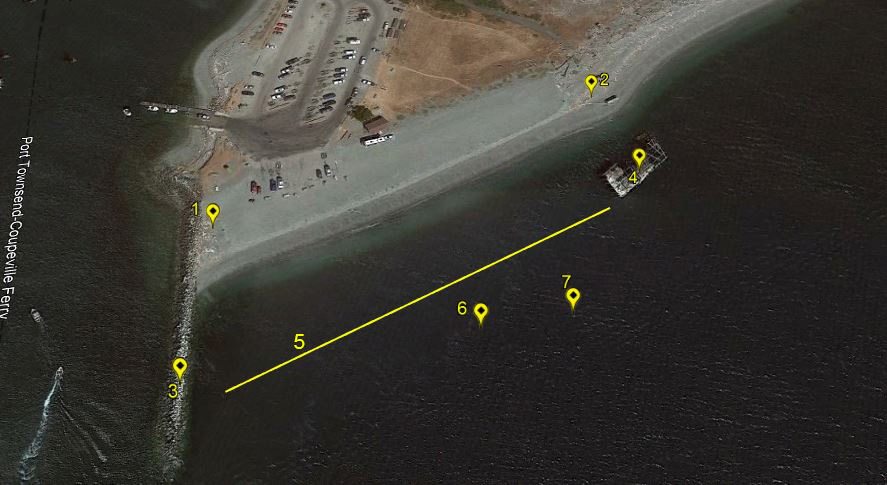
1.Entrance Jetty
2. Entrance Pilings
3. Jetty
4. Pilings
5. Line
6. Anchor
7. Barnacle Reef
Photo Gallery
